The ancient melodies of the guqin whisper through silk strings, while the grand harmonies of the piano resonate across steel wires. These two instruments, separated by centuries and continents, embody the profound dialogue between Eastern and Western musical traditions. Their stories unfold like parallel rivers—one flowing from the misty mountains of China's scholarly tradition, the other surging from the European Enlightenment's embrace of mechanical precision. Yet when their tones intertwine, they reveal unexpected kinships beneath surface differences.
The guqin, with its 3,000-year history, was never meant for concert halls. Confucius played it to cultivate moral character; Taoist hermits plucked its seven strings to commune with nature. Its sparse notes hang in the air like ink washes on rice paper, each vibration containing multitudes—the "scattered tones" (san yin) that decay naturally, the "floating tones" (fan yin) that shimmer like moonlight on water. Unlike Western notation's rigid metrics, guqin tablature (jianpu) records finger positions rather than rhythms, leaving space for the player's improvisational spirit.
Enter the piano in 18th-century Europe—Bartolomeo Cristofori's ingenious solution to dynamics. Where the harpsichord could only pluck, his "gravicembalo col piano e forte" could whisper and thunder. By the Romantic era, it had become a one-man orchestra, capable of Liszt's volcanic passions and Chopin's liquid melancholy. The equal temperament system allowed modulation across keys, while the pedal sustained harmonies into dreamlike clouds. Yet for all its mechanical complexity, the finest pianists make the instrument sing with vocal inflections, much like guqin masters shape tones through subtle finger slides (yin).
Beneath these surface contrasts lies a shared philosophical core. Both instruments became vehicles for introspection—the guqin in a scholar's solitary mountain retreat, the piano in Chopin's Parisian salon at twilight. Both demand physical intimacy: the guqin player's "close listening" (ting) to overtones requires leaning in, just as pianists feel vibrations through fingertips on ivory. Most remarkably, both developed notation systems that straddle prescription and freedom. Guqin tablature's cursive symbols suggest rather than dictate, akin to how pianists interpret Beethoven's ambiguous pedal markings.
The 20th century witnessed daring attempts to bridge these worlds. Composer Tan Dun composed "Ghost Opera" for string quartet and guqin, where Bach preludes collide with ancient Chinese folk songs. Jazz pianist Dave Brubeck incorporated guqin-like pentatonic motifs into "Blue Rondo à la Turk," while guqin master Wu Jinglüe adapted Chopin's nocturnes onto silk strings. These experiments reveal hidden symmetries—the guqin's harmonic overtones mirroring the piano's sostenuto pedal effects, or how both instruments use silence as compositional space.
Contemporary makers are pushing boundaries further. Some luthiers build hybrid instruments—a guqin with electromagnetic pickups to sustain tones like a piano pedal, or a piano modified with bamboo hammers for softer attacks. In conservatories from Shanghai to Juilliard, students now study both traditions, discovering how the guqin's vibrato techniques (yao zhi) can color Debussy, or how Ravel's modal scales echo ancient Chinese diao shi modes. This cross-pollination challenges cultural essentialism, proving that musical languages can fuse without losing distinct voices.
Perhaps the most poignant convergence lies in performance practice. When guqin player Li Xiangting performs with pianist Chen Sa, they don't attempt imitation. Instead, they create dialogues—the piano's bass register mirroring the guqin's earth tones (di), while the guqin's harmonics dance around the piano's treble like wind through bamboo. Their collaborations embody what philosopher Jullien calls "the silent transformation"—not a clash of civilizations, but mutual illumination through difference.
As artificial intelligence generates infinite musical combinations, these ancient instruments remind us of embodied wisdom. The guqin's strings age like wine, their sound maturing with decades of play, just as a concert grand develops personality through years of vibration. In an era of digital perfection, their imperfections—the guqin's occasional wolf tones, the piano's slightly uneven registers—become virtues, proof of humanity's tactile relationship with sound-making objects.
The dialogue continues. Young composers are writing for guqin and prepared piano, exploring microtonal spaces between the instruments' tuning systems. Ethnomusicologists are decoding how both traditions use instrumental timbre to convey extra-musical meaning—the guqin's scratches representing wind, the piano's una corda pedal evoking distant memories. What began as separate evolutionary paths now converges into a global musical consciousness, where Bach's Goldberg Variations might share program notes with the "Flowing Water" guqin masterpiece.
In the end, both instruments serve as time machines—the guqin connecting us to Tang Dynasty poets gazing at autumn moons, the piano channeling Beethoven's revolutionary fervor. When heard together, they create a third space beyond East and West, where listeners can dwell in what novelist Proust called "the immense structure of recollection." Their strings, whether silk or steel, vibrate with the same fundamental truth: that music is ultimately about the transmission of human experience across the chasms of time and geography.
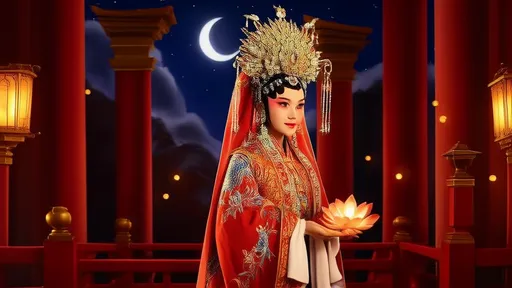
By /Aug 8, 2025
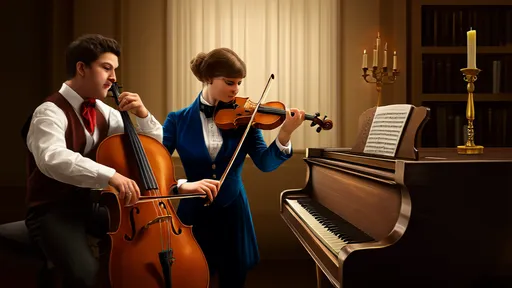
By /Aug 8, 2025
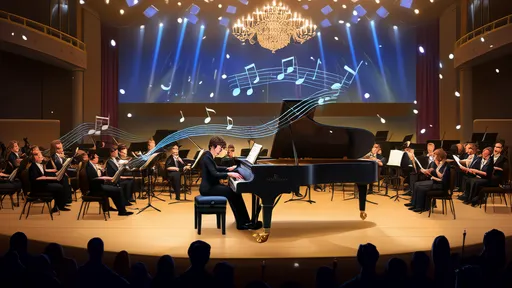
By /Aug 8, 2025
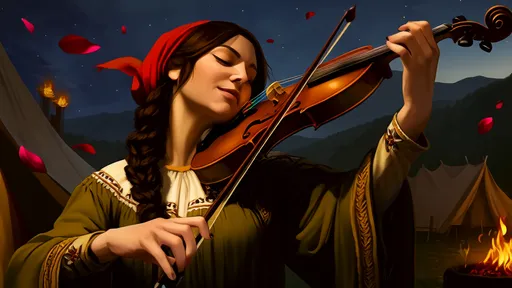
By /Aug 8, 2025
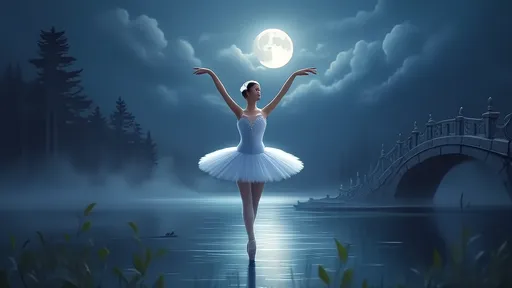
By /Aug 8, 2025

By /Aug 8, 2025
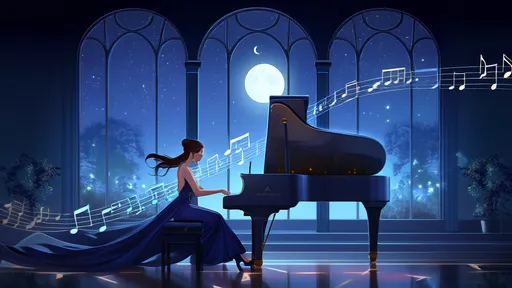
By /Aug 8, 2025
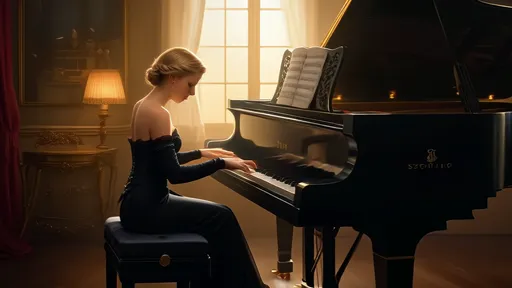
By /Aug 8, 2025
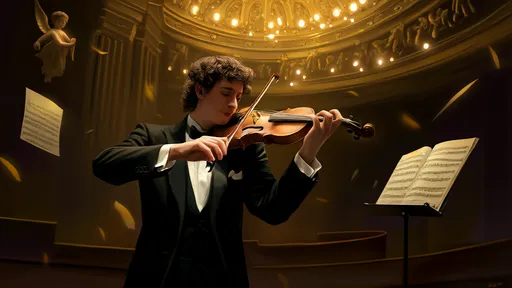
By /Aug 8, 2025
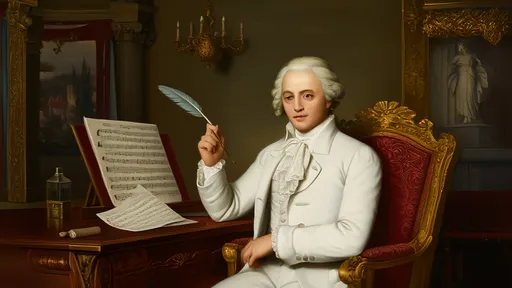
By /Aug 8, 2025
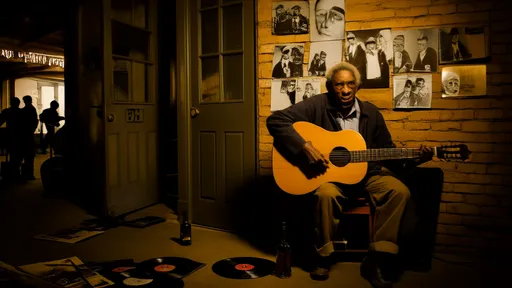
By /Aug 7, 2025
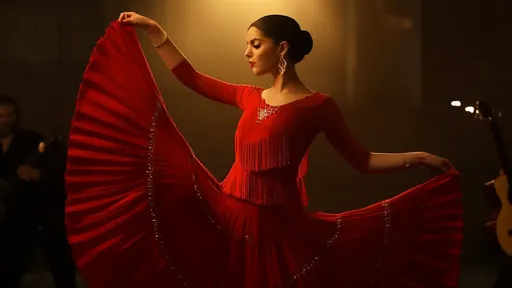
By /Aug 7, 2025

By /Aug 7, 2025
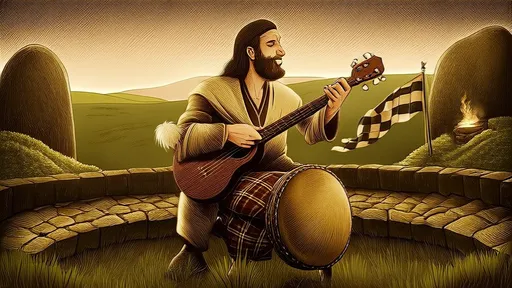
By /Aug 7, 2025
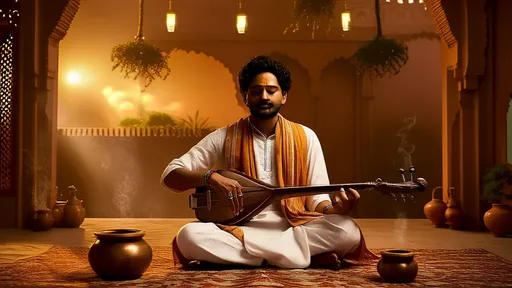
By /Aug 7, 2025
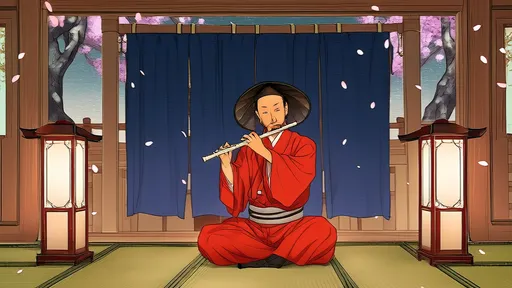
By /Aug 7, 2025
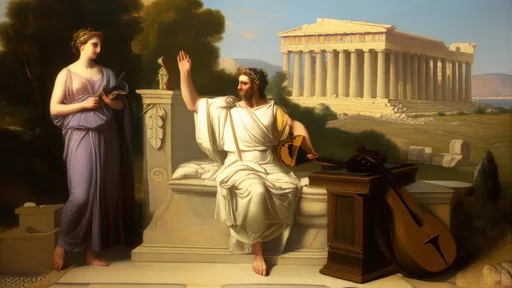
By /Aug 7, 2025
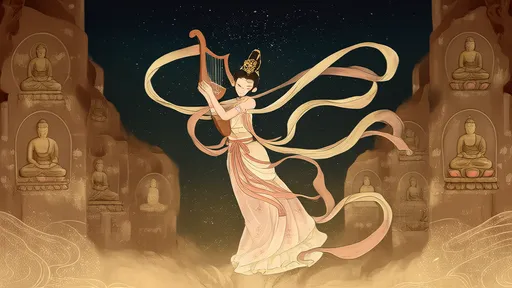
By /Aug 7, 2025
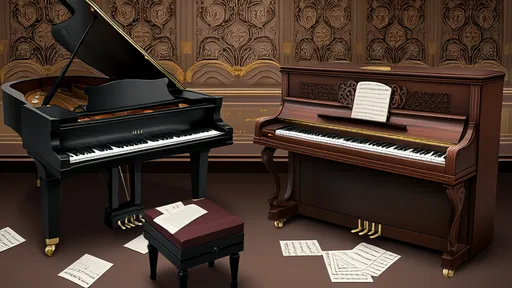
By /Aug 7, 2025
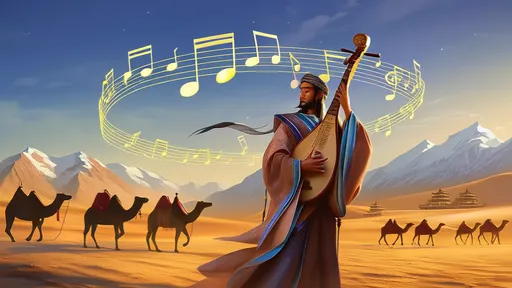
By /Aug 7, 2025